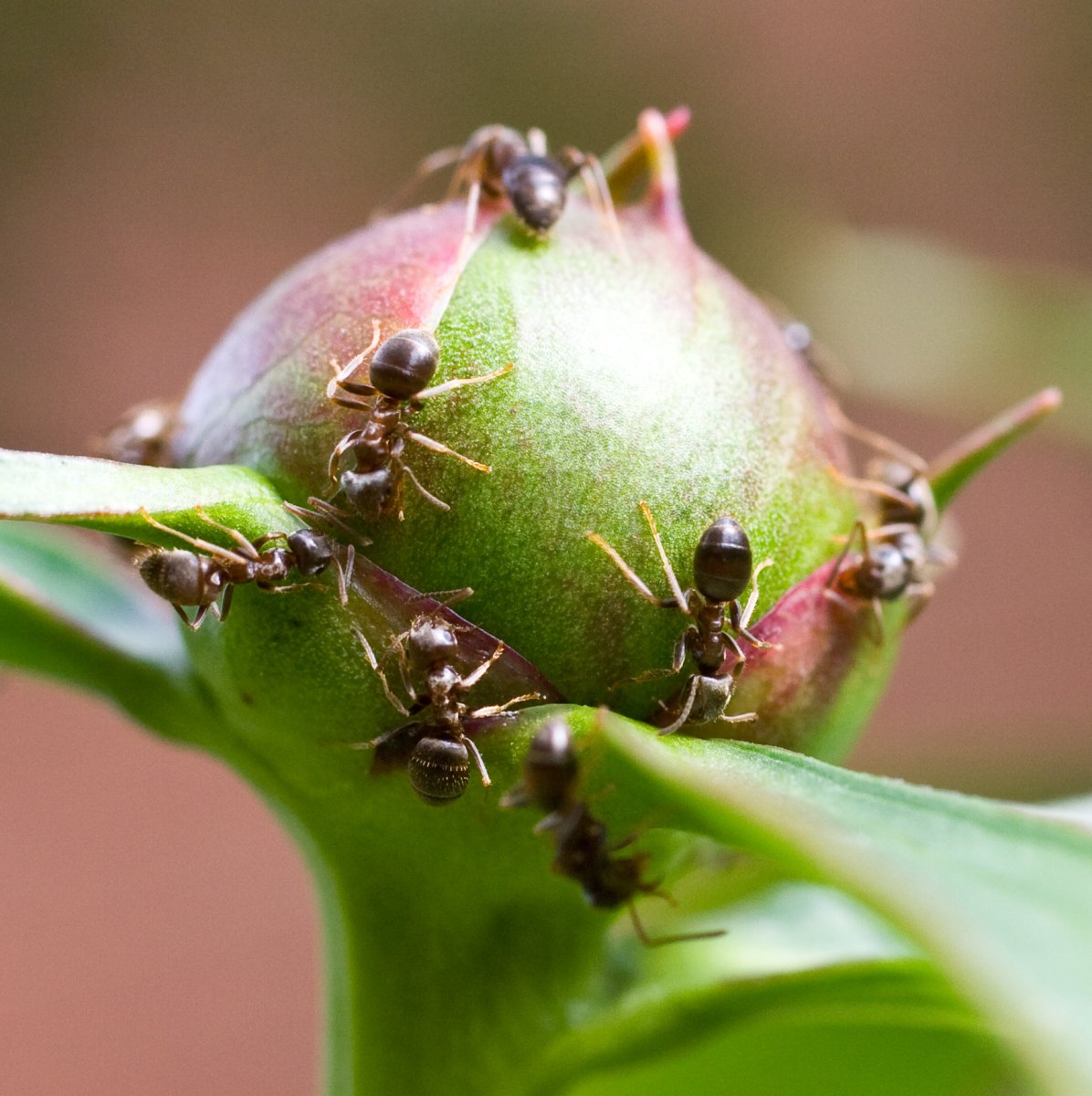

We may earn revenue from the products available on this page and participate in affiliate programs. Learn More ›
Are ants attacking your landscaping plants? “Ants in your garden can be a real nuisance, especially when you see them crawling all over your flowers and plants that you put so much effort into keeping alive,” says Lori Haveman, design manager and gardening professional for Kennedy’s Flowers & Gifts.
While ants rarely harm plants directly, their presence can be frustrating. They can encourage aphid populations, which secrete honeydew that ants feed on. Ants also can ruin the look of cut flowers, which is problematic if you like to bring fresh flowers from your garden into your kitchen or bathroom as decor. Ground-nesting ants can excavate soil around plant roots, which can dry out a plant’s root system. Finally, ants that bite, such as fire ants, can wreak havoc when trying to enjoy your outdoor space.
We spoke to several experts to find out the most common landscaping plants that attract ants and the best ways to prevent ants from taking over your garden.
Plants That Attract Ants
1. Peonies (Paeonia spp.)
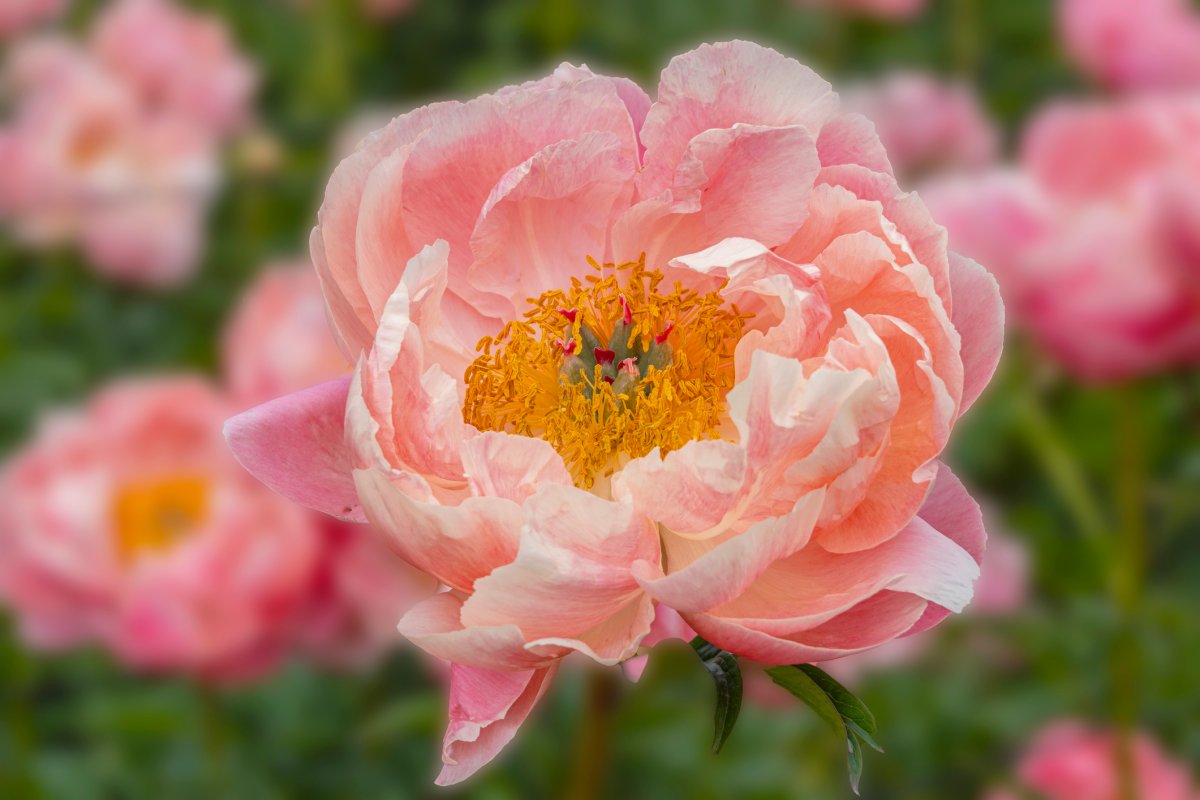
This perennial is often the first flower that people think of when it comes to attracting ants. Sugar-loving ants, such as odorous house ants, Argentine ants, acrobat ants, and pavement ants, find peonies appealing because of the sticky sugar nectar they secrete from special glands on their buds, says Andy De, Truly Nolen pest control lawn division manager based in Orlando, Florida.
2. Roses (Rosa spp.)

Ants enjoy roses since they are after the sweet nectar and sugars these plants produce, says Haveman. “Flowers like roses have special glands on their buds and sepals that secrete nectar, which attracts the ants.” Roses also are notorious for attracting aphids, which excrete a sticky sap that then brings the ants.
3. Hibiscus (Hibiscus spp.)
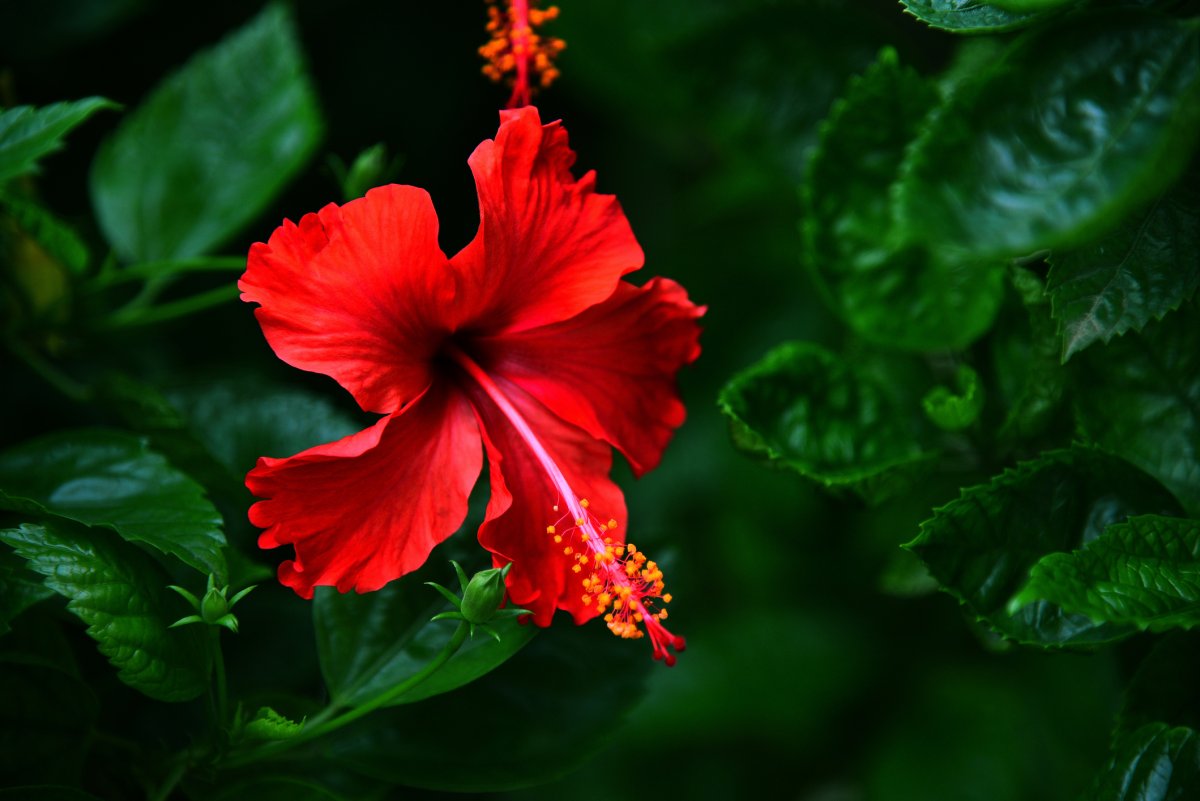
Ants are also drawn to aphid-prone plants like hibiscus, says Dan Deins, owner and operator of Natural Green Lawn Spraying in Pinellas Park, Florida. “Aphids produce honeydew, basically sugar water, which brings in ants like crazy,” explains Deins. “Sometimes, the relationship is mutual, as ants protect the aphids from predators to keep that honeydew flowing.”
4. Sunflowers (Helianthus spp.)
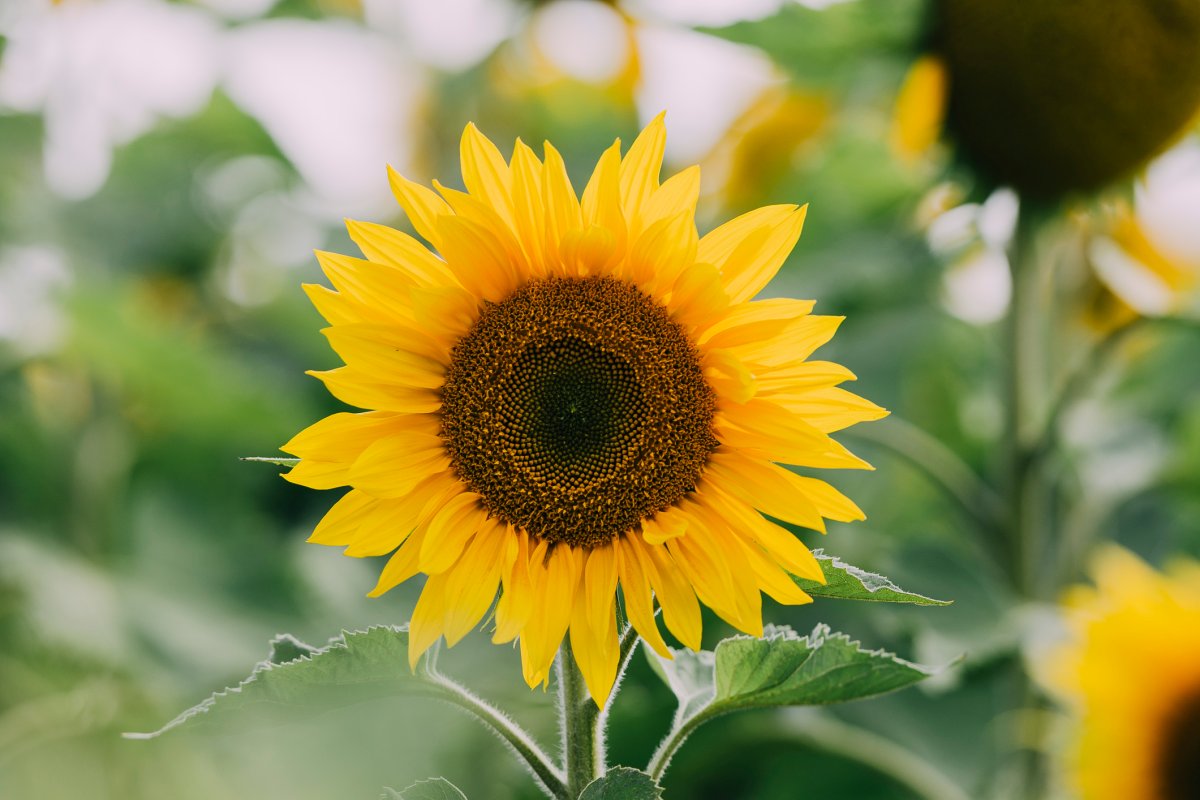
These bright yellow and orange flowers attract sugar-loving ants like odorous house ants, Argentine ants, acrobat ants, and pavement ants, says De. “They have extrafloral nectaries (tiny spots on the stem or leaves) that drip sugary nectar, which attracts ants,” he explains. Aphids and treehoppers are among insects that drink up the sap and excrete ant-attracting honeydew.
5. Fruit Trees
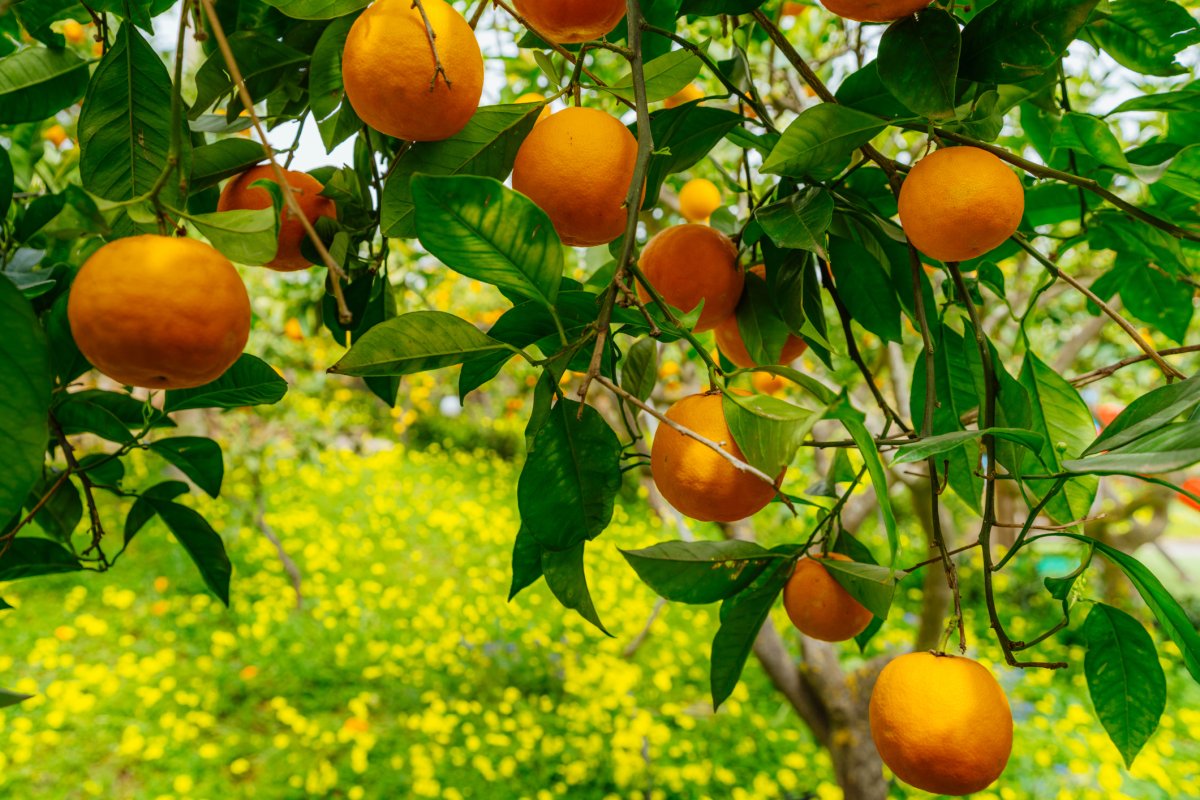
Fruit trees like citrus, apple, cherry, mango, and guava can attract ghost ants, Argentine ants, and big-headed ants, says De. “Fruit trees also host aphids, mealybugs, and scales that excrete sweet honeydew nectar that attracts ants,” explains De. In addition, Deins sometimes spots large groups of ants around fruit trees that are dropping overripe fruit. “The fallen fruit gets sticky and brings in the ants,” says Deins.
How to Deter Ants From Attacking Your Landscaping Plants
Here are some helpful tips from experts on how to get rid of your ant problem without using pesticides or uprooting your plants.
- “One of my favorite solutions is spreading diatomaceous earth around the base of the affected plants,” says Haveman. “It’s totally safe for both pets and humans, yet it creates an uncomfortable gritty barrier that ants hate to cross.”
- Sprinkle cinnamon, coffee grounds, or crushed dried mint along ant trails to disrupt the ants’ paths and reduce their numbers around your plants, suggests Haveman.
- Spray repellent essential oils, such as peppermint, rosemary, orange, or thyme.
- Deins recommends using strips of sticky tape on trunks of fruit trees. Just be sure to replace the tape after a rainstorm.
- Plant herbs like lavender, rosemary, mint, basil, and tansy nearby. “Ants aren’t fans of the strong scents these plants give off, so they’re great for keeping them away,” notes Haveman.
- Prune your plants and fruit trees and pick up any fallen fruit as soon as possible, says De. This is especially helpful near your house to keep ants from entering kitchens and bathrooms.
- In addition to fall fruit, clear away debris that can be an attractive food source for ants, says Haveman.
- “Mulch can sometimes give ants a cozy home, so make sure it’s not piled up against stems,” says Deins.
- Spray water on your plants to gently get rid of the aphids that are attracting the ants, suggests Haveman.
- Spray diluted vinegar or citrus solution around the bases of plants, says De.
